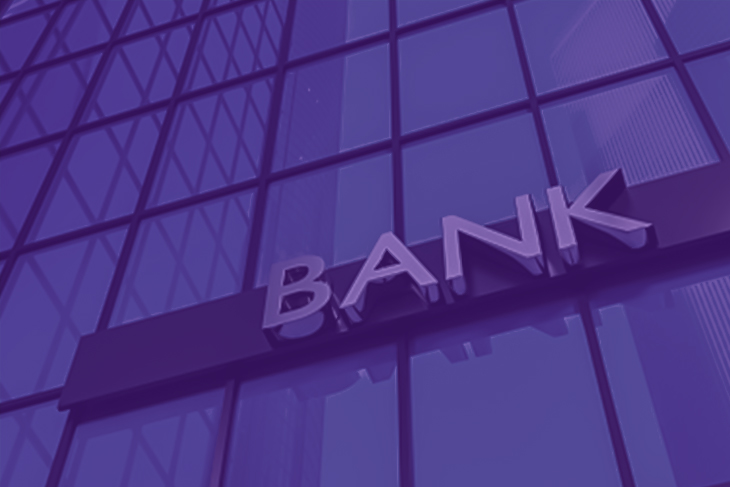Home » Cashless Payments Knowledge Hub » Digital Payment Methods Enabling Financial Inclusion for the Unbanked in the UAE

Around 1.7 million people (32% of the total population) in the UAE are unbanked, earning approximately AED 2,494 per month (~ $679) as per the data released by the UAE Federal Competitiveness and Statistics Authority.
One of the main reasons why a large portion of the population is unbanked is because the account opening conditions require an individual to at least earn AED 5,000 per month.
So, how does this population get paid? What is the solution for their financial inclusion?
This blog discusses the digital payment methods the unbanked and underserved population can use to send/receive money and perform financial transactions without a bank account.
An unbanked individual is a person who does not have a bank account. The reason why a person does not have a bank account could be many:
Mostly, the main reason why a person does not have a bank account is due to a low salary or lower monthly income.
Thus, most workers and other low-income individuals in the UAE who do not earn the minimum salary to open a bank account are unbanked.
The underserved population refers to that portion of the population that has managed to open a bank account but cannot enjoy all the benefits offered by the bank. For example, a person may have a bank account and maintain a minimum monthly balance.
However, due to certain conditions, he may not be able to apply for a loan or obtain a loan at a much higher rate out of his capacity.
Thus, the unbanked and underserved population struggles to perform financial transactions and often ends up making such transactions in cash. It is quite an outdated payment method when we have already made so many contributions to making UAE a world-class digital economy.
Let’s see what challenges these unbanked populations face and what they really need from the financial transactions viewpoint.
Since the unbanked population does not have easy access to banks and other financial institutions, they do not use financial services such as insurance, deposit making, credit facilities, etc.
Due to a lack of access to these financial services, they remain unbanked and use cash or other equivalents to perform their financial transactions.

It is called a banking desert when someone does not have access to the banks or financial institutions in their nearby locations. The unbanked population faces a banking desert issue; hence, they can’t open a bank account even if they meet the minimum requirements.
One of the most prominent issues of not having a bank account is how to receive income. Since the unbanked population does not have a bank account, they have to accept their income either in cash or through money orders or other means.
Since they don’t bank regularly, they are unaware of certain advantages of having a bank account, and often they remain financially illiterate. The lack of knowledge is the biggest reason why some unbanked population does not even want to open a bank account.
The unbanked population mostly pays via cash for every financial transaction they perform. They face difficulty in making cash payments while –
Since the unbanked don’t have bank accounts, they find obtaining a loan difficult. First, they don’t have a credit score since they are unbanked, and second, they have to open a bank account to obtain a loan.
But they often remain unserved when obtaining a loan if they can’t open a bank account due to their low salary. Hence, they have to opt for untraditional ways (Peer-to-peer lending) for loans, and often, the lenders charge high-interest rates when they find the borrower’s profile risky.
As we have understood that it becomes tough for unbanked people to perform any financial transaction, they find the need to be considered for financial inclusion. Thus, below are the requirements that every unbanked person wants:
Thus, 24*7 customer service, customizable financial services, and ease of access are some of their crucial requirements that need to be considered. However, specific payment methods already allow them to send/receive money, make payments, remit funds, etc., without a bank account.
Let’s see how they can store money without a bank account.
As the world makes serious efforts toward building a digital economy, two digital payment methods allow the unbanked population to easily make payments and receive money without having a bank account.
Digital wallets are the most common methods of digital payment that unbanked customers use. A digital wallet allows you to store money electronically in a wallet stored in a mobile application without a bank account.
Such digital wallets allow you to send/receive money using payment links, QR (quick response) codes, and payment requests.
Read more about how to use an e-wallet.
The other method to make payments without bank accounts is to use prepaid cards. Prepaid cards are those payment instruments with a value stored in them and allow you to make payments as provided with the card.
Not all prepaid cards work at every payout station; hence, prepaid cards may only allow you to make certain payments.
If you want to get paid or make payments without a bank account, you should go for digital wallets. It will allow you to safely make money transfers, avail of promotional offers or rewards, make simplified payments, and conveniently remind your receivables to make payments to you. Payit digital wallet app allows you to do more than just send or receive money. Explore more features about the app and start enjoying the benefits without a bank account